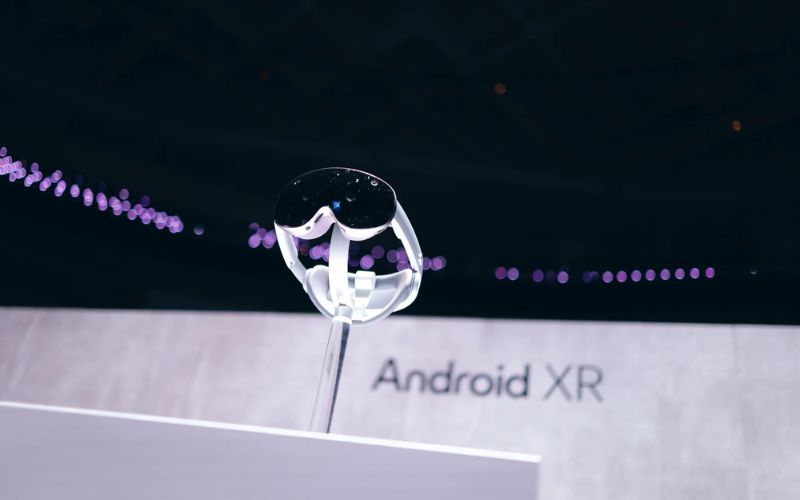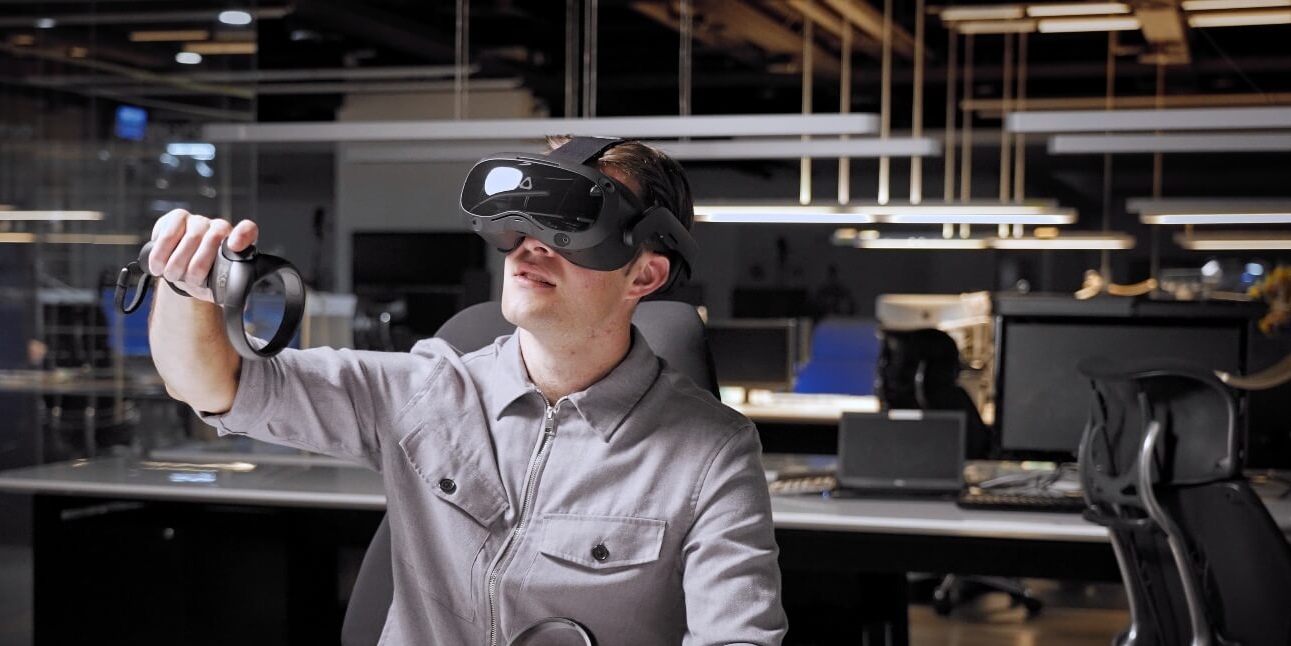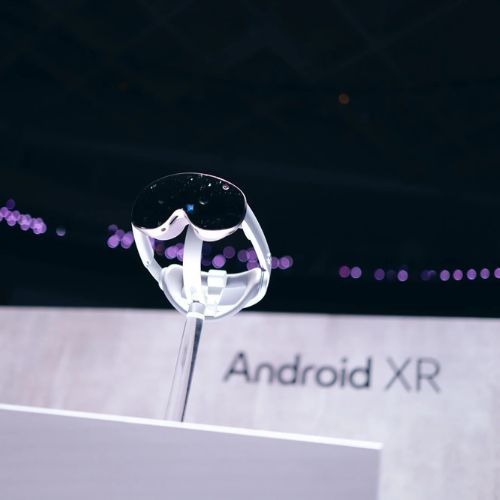Google Confirms Android XR's Camera Access
Google Confirms Android XR's Camera Access: A Game-Changer for Mixed Reality Developers
Android XR is set to transform the world of extended reality (XR) with a major announcement: developers will now be able to access both the passthrough and face-tracking cameras on XR headsets. This advancement allows for a more dynamic and immersive mixed reality (MR) experience, opening up new possibilities for XR applications.
As confirmed by Google, Android XR app developers can request permission to access the world-facing camera, which provides a passthrough view of the user’s environment, and the selfie camera, which streams an avatar version of the user’s face. This is different from the traditional use of selfie cameras on smartphones, as it ensures user privacy by providing a virtual avatar instead of an actual image of the user.
 |
What This Means for Developers and Users
In contrast to platforms like Meta’s Quest and Apple’s Vision Pro, which limit developers to spatial data and background passthrough features, Android XR offers more advanced capabilities. By leveraging Camera2 and CameraX APIs, Android XR enables real-time analysis of the captured frames. This allows developers to feed the frames directly to machine learning models, providing deeper insights into the user’s surroundings and making it easier to create AI-powered MR experiences.
Privacy and Control: A Priority for Android XR
Despite the potential for enhanced interactivity, Google has made privacy a priority. Apps requesting access to the cameras must first obtain the user's explicit permission, ensuring users maintain control over what is captured and shared. This approach mirrors how Android smartphones handle permissions for camera access, aligning Android XR with the broader mobile ecosystem, which includes app compatibility across XR and mobile devices.
For now, however, not all cameras on XR headsets will be available for app use. Non-standard cameras, like forward-facing or inward-facing reconstructed cameras, are not accessible via Android XR’s APIs. This decision helps protect user privacy while still allowing for the creation of rich MR content using the world-facing and selfie cameras.
The Future of Android XR and the Samsung Project Moohan
Android XR is still in its preview phase, and while the first device running this platform, Samsung’s Project Moohan, has yet to be officially launched, developers and users are eagerly anticipating its public release. The platform’s long-term success will depend on how it balances innovation with privacy and security, particularly as it opens up new opportunities for MR development.
In the coming months, we can expect Android XR to play a pivotal role in shaping the future of XR technologies, as it promises to bring immersive, AI-enhanced experiences to users and developers alike. For now, it remains to be seen which features will be included in the first official release, but one thing is clear: Android XR is a promising step forward in the evolution of mixed reality.
Google’s decision to allow apps to access passthrough and face-tracking cameras on Android XR is a significant move in the XR space. By giving developers access to these critical camera feeds, Google is unlocking new potential for more immersive, interactive MR experiences. However, privacy and control will continue to be a key consideration, and it will be interesting to see how Google navigates this delicate balance moving forward.
































